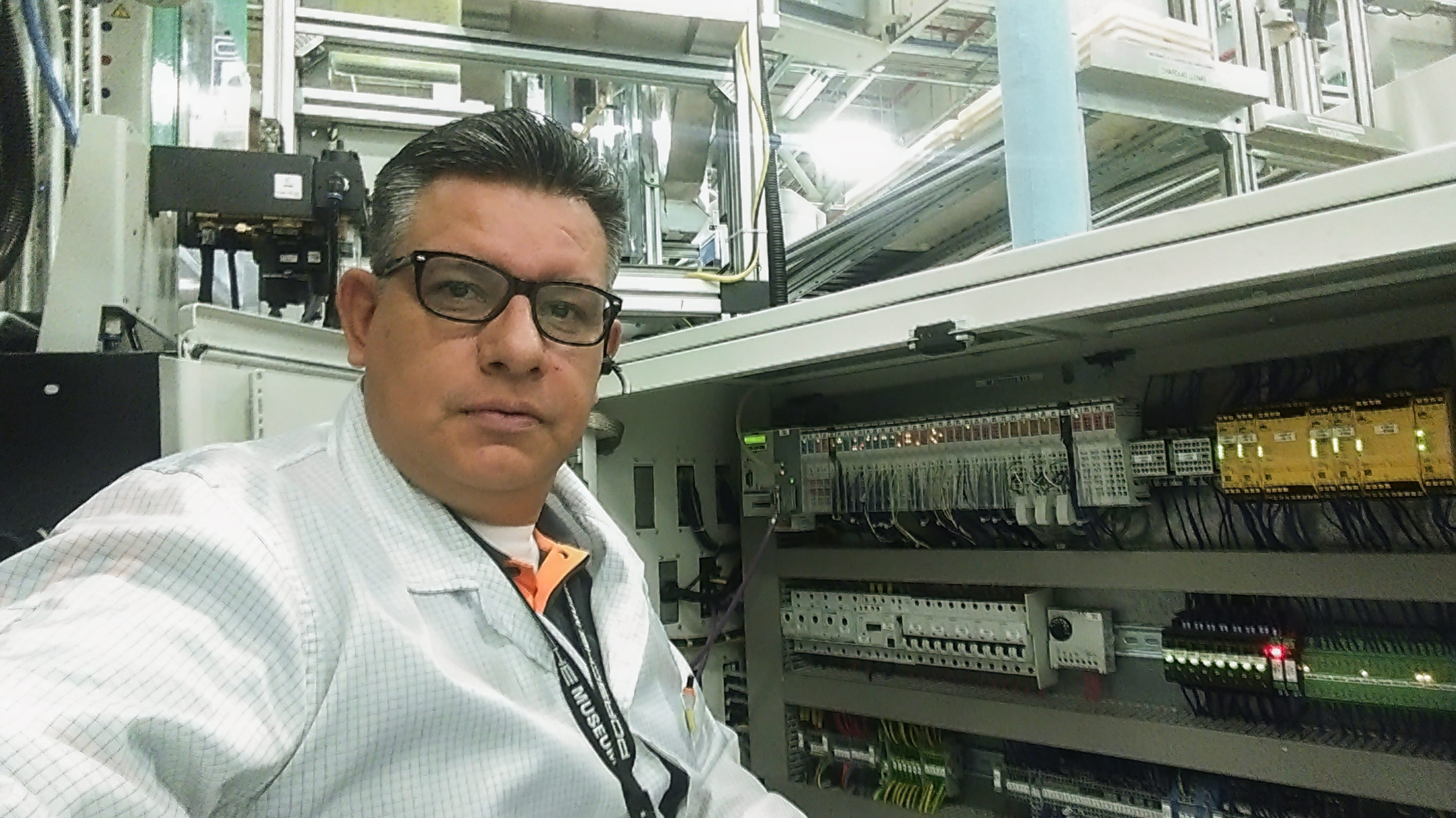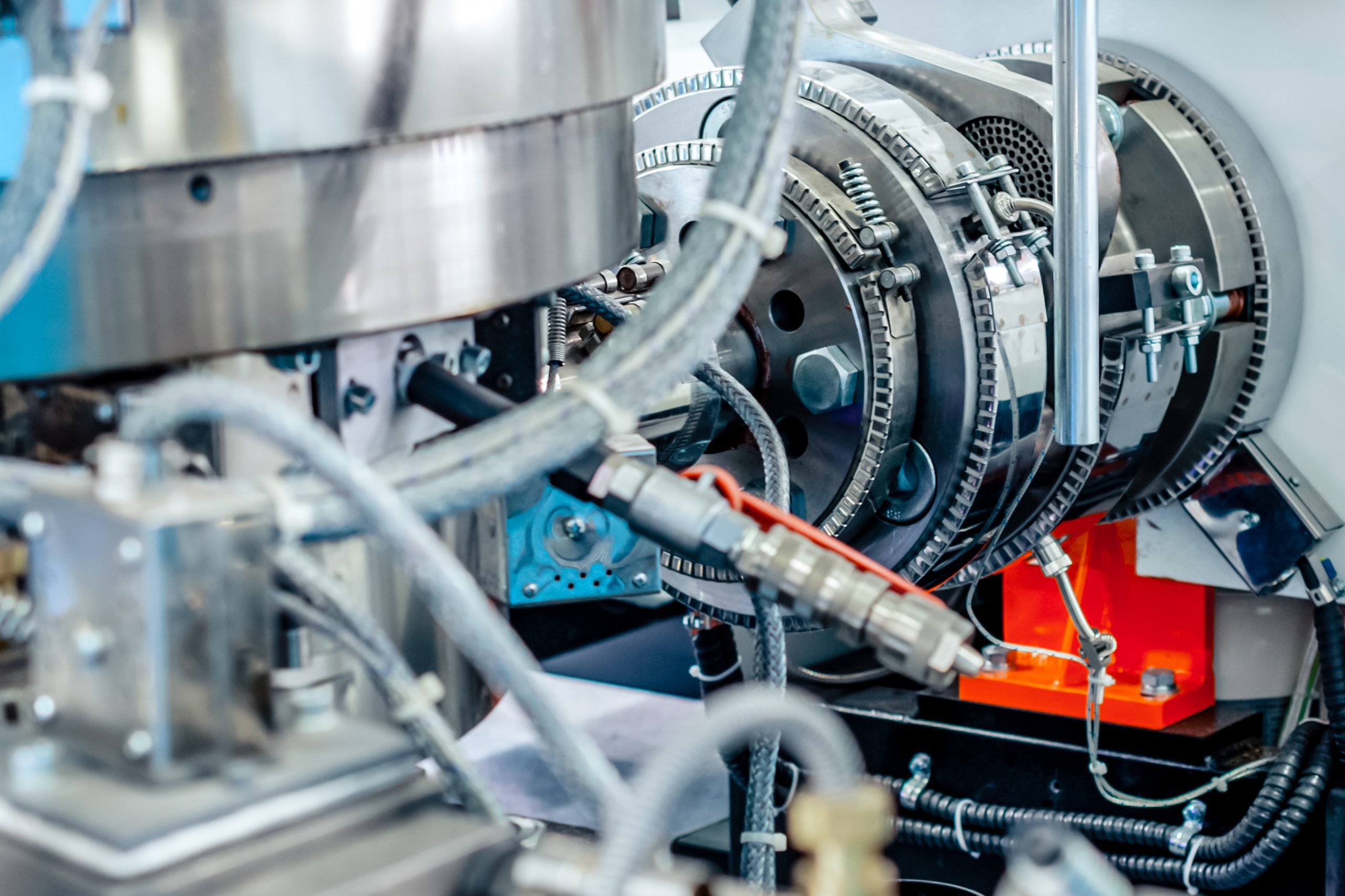For experienced injection molders, managing and mitigating risks is crucial for maintaining production efficiency, ensuring product quality, and safeguarding profitability. The complex nature of injection molding involves numerous variables that, if not properly controlled, can lead to defects, downtime, and increased costs. Here, we discuss advanced strategies to mitigate risks in plastic injection molding operations.
1. Rigorous Quality Control
Implement Statistical Process Control (SPC): Utilize SPC to monitor and control the injection molding process. By analyzing data from various stages of production, molders can detect and address deviations before they lead to significant quality issues.
In-Process Inspection: Incorporate in-process inspection techniques to identify defects early. Process control systems and sensors can continuously monitor critical parameters, ensuring real-time detection and correction of anomalies.
Regular Mold Maintenance: Scheduled maintenance of molds is essential to prevent wear and tear that can lead to defects. Implementing a preventive maintenance program helps ensure that molds are always in optimal condition, reducing the risk of unexpected failures.
2. Optimize Material Handling and Storage
Proper Material Selection: Choose materials that are well-suited for the intended application. Consider factors such as shrinkage rates, mechanical properties, and thermal stability. Using high-quality, consistent raw materials minimizes the risk of variability in the final product.
Controlled Environment: Store raw materials in a controlled environment to prevent contamination and degradation. Proper handling and storage conditions, such as maintaining appropriate humidity and temperature levels, are crucial for material integrity.
Moisture Control: Ensure that materials are properly dried according to manufacturer specifications. Excess moisture in the resin can cause defects such as bubbles and voids in the molded parts.
3. Advanced Process Monitoring
Real-Time Monitoring Systems: Invest in real-time monitoring systems that track key parameters such as temperature, pressure, and flow rate. These systems can provide immediate feedback and alerts, allowing for quick adjustments to maintain process stability.
Artificial Intelligence: Successfully integrating AI into your processes can help you ensure high quality parts, reduce machine downtime, improve cycle times, reduce scrap, and so much more.
Networking Systems and Automated Audit Reports: Networking systems like The Hub® allow you to build an audit trail to prove every part shipped, review historical data on every machine, see what changed in the process, and so much more. Having an audit trail greatly reduces risk and build customers’ confidence in your product.
4. Robust Tooling and Design
Design for Manufacturability (DFM): Incorporate DFM principles early in the design phase. Ensuring that parts are designed with manufacturability in mind reduces the risk of defects and simplifies the molding process.
Conformal Cooling Channels: Utilize conformal cooling channels in mold design to enhance cooling efficiency and uniformity. This reduces cycle times and minimizes the risk of warping and other cooling-related defects.
Proper Venting: Ensure adequate venting in the mold design to prevent air traps and burn marks. Proper venting allows gases to escape during injection, reducing the risk of defects.
5. Continuous Training and Skill Development
Regular Training Programs: Provide ongoing training to employees to keep them updated on the latest technologies and best practices. RJG’s training programs are highly regarded for their depth and practical approach, helping molders enhance their skills and knowledge.
Cross-Training: Implement cross-training programs to increase workforce flexibility and ensure that critical operations are not dependent on a single individual. A well-rounded team can adapt more easily to changes and disruptions.
Certification Programs: Encourage employees to pursue certifications, such as those offered by RJG, to validate their expertise and commitment to quality. Certified professionals are better equipped to manage and mitigate risks in the molding process.
6. Comprehensive Machine Maintenance
Preventive Maintenance: Develop and adhere to a preventive maintenance schedule that includes regular inspections, cleaning, and servicing of all machine components. This reduces the risk of unexpected breakdowns and extends the life of the equipment.
Predictive Maintenance: Implement predictive maintenance strategies using sensors and data analytics to foresee potential machine failures. This proactive approach allows for timely repairs and minimizes unplanned downtime.
Detailed Maintenance Records: Keep detailed records of all maintenance activities, including parts replaced and issues encountered. These records help in tracking the machine’s performance over time and identifying recurring problems.
Trained Maintenance Staff: Ensure that maintenance personnel are well-trained and knowledgeable about the specific requirements of injection molding machines. Properly trained staff can perform maintenance more effectively and safely.
Spare Parts Inventory: Maintain an inventory of critical spare parts to facilitate quick repairs and reduce downtime. Having essential components readily available ensures that maintenance can be performed without significant delays.
Regular Audits: Conduct regular audits of maintenance practices to ensure compliance with the maintenance schedule and identify areas for improvement. Continuous assessment and improvement of maintenance processes contribute to overall operational reliability.
Conclusion
Mitigating risks in plastic injection molding operations requires a comprehensive approach that encompasses quality control, material handling, process monitoring, tooling design, employee training, and technological innovation. By implementing these advanced strategies, experienced injection molders can enhance product quality, reduce downtime, and maintain a competitive edge in the industry.



